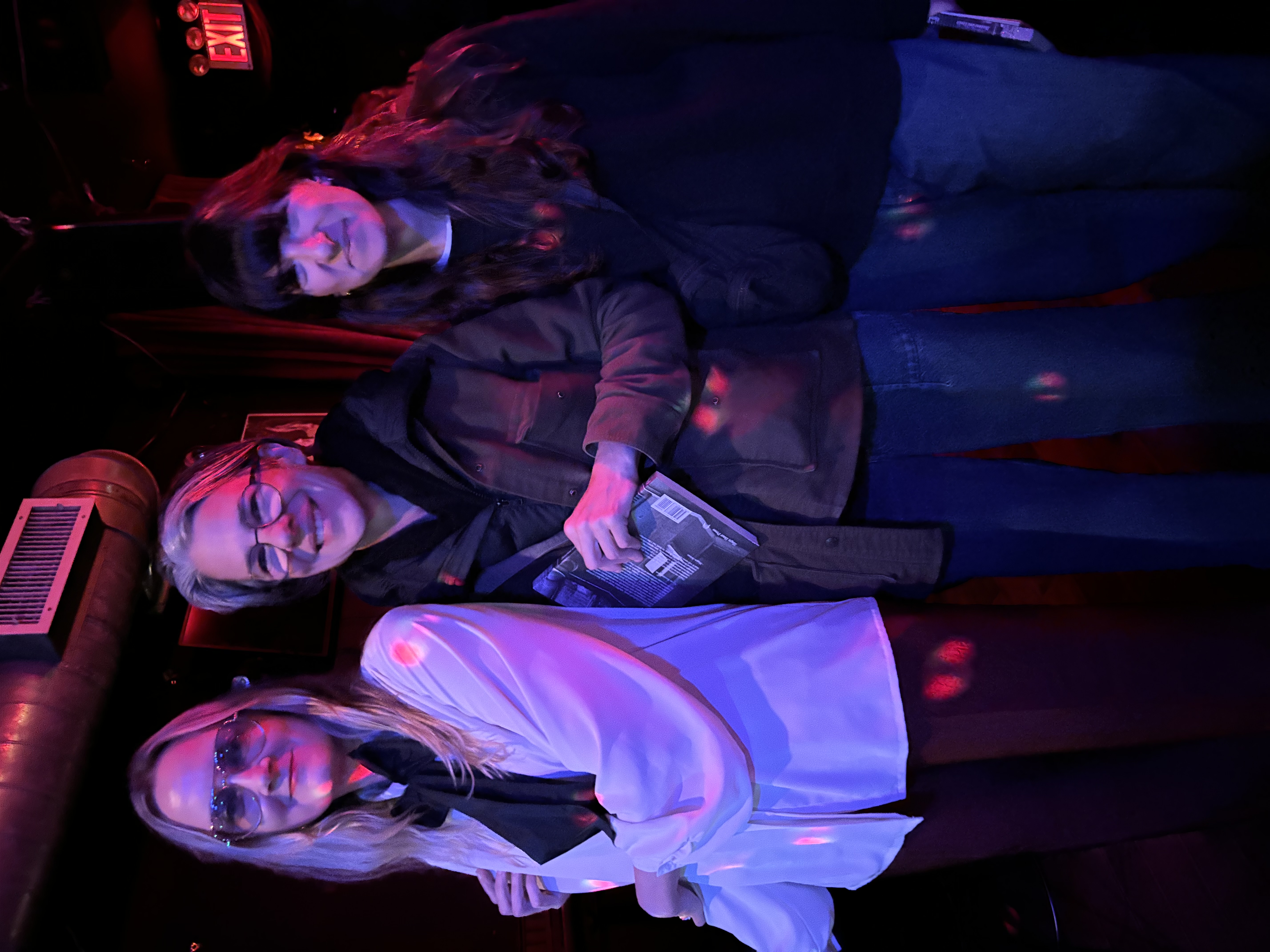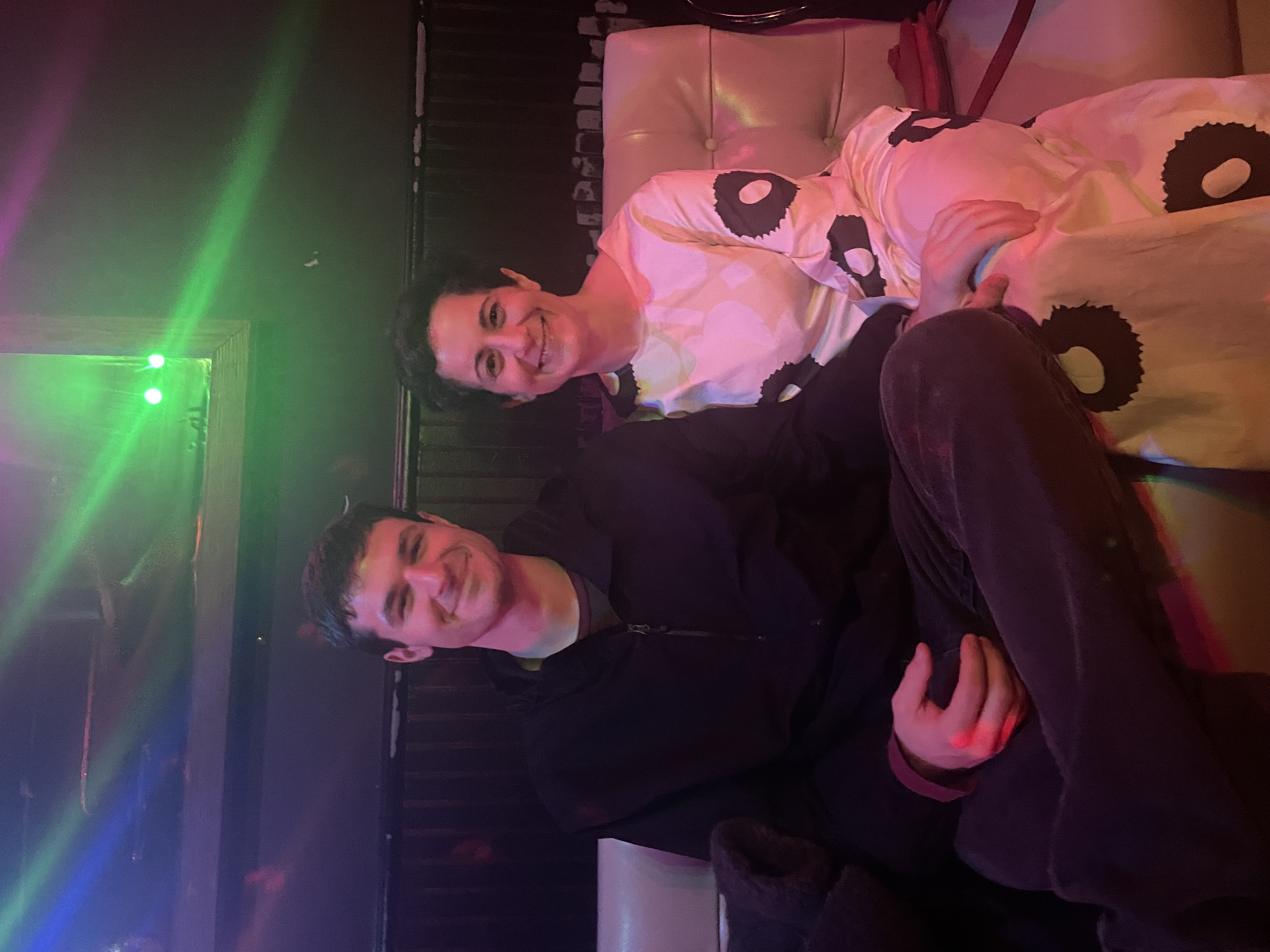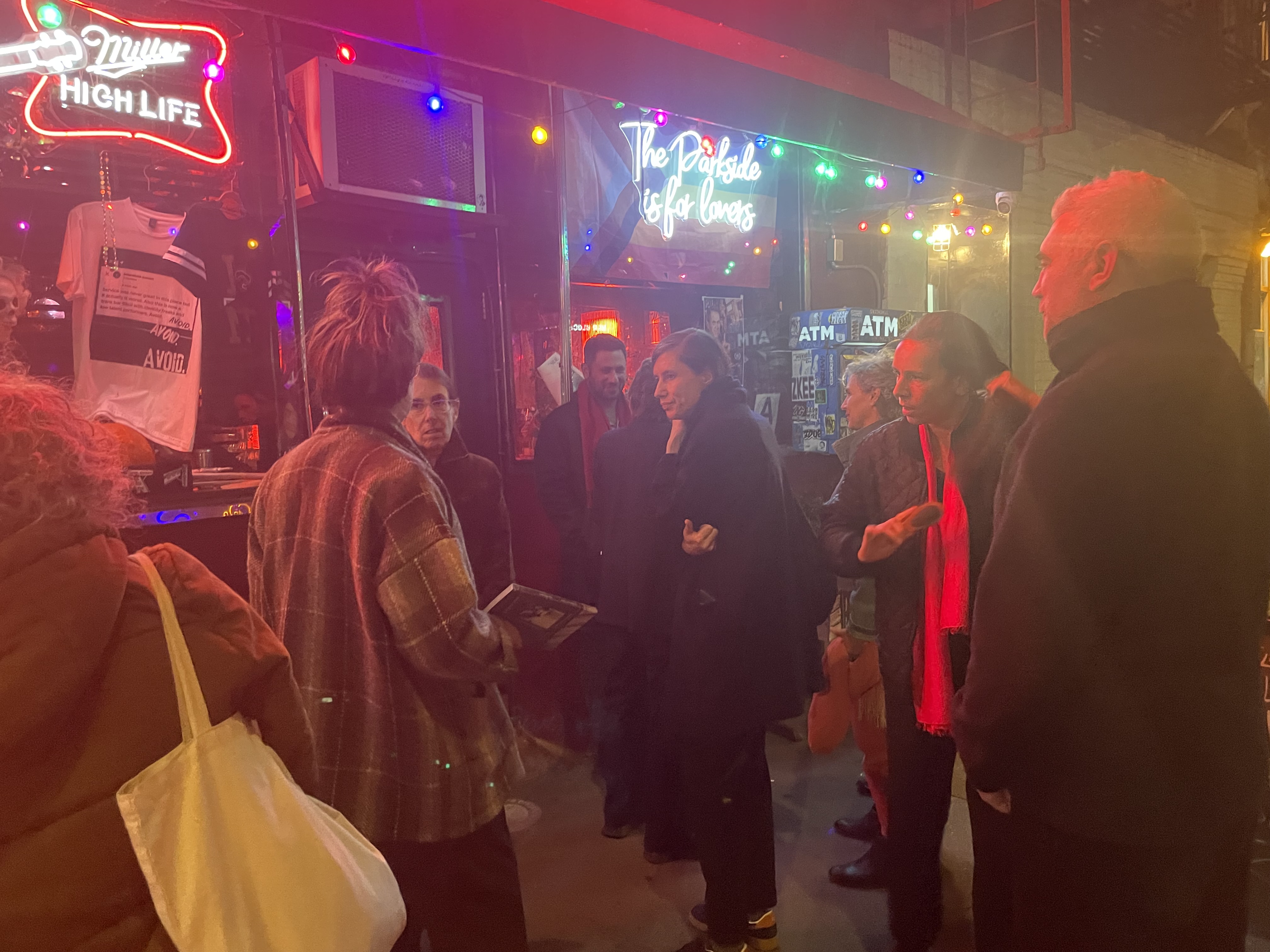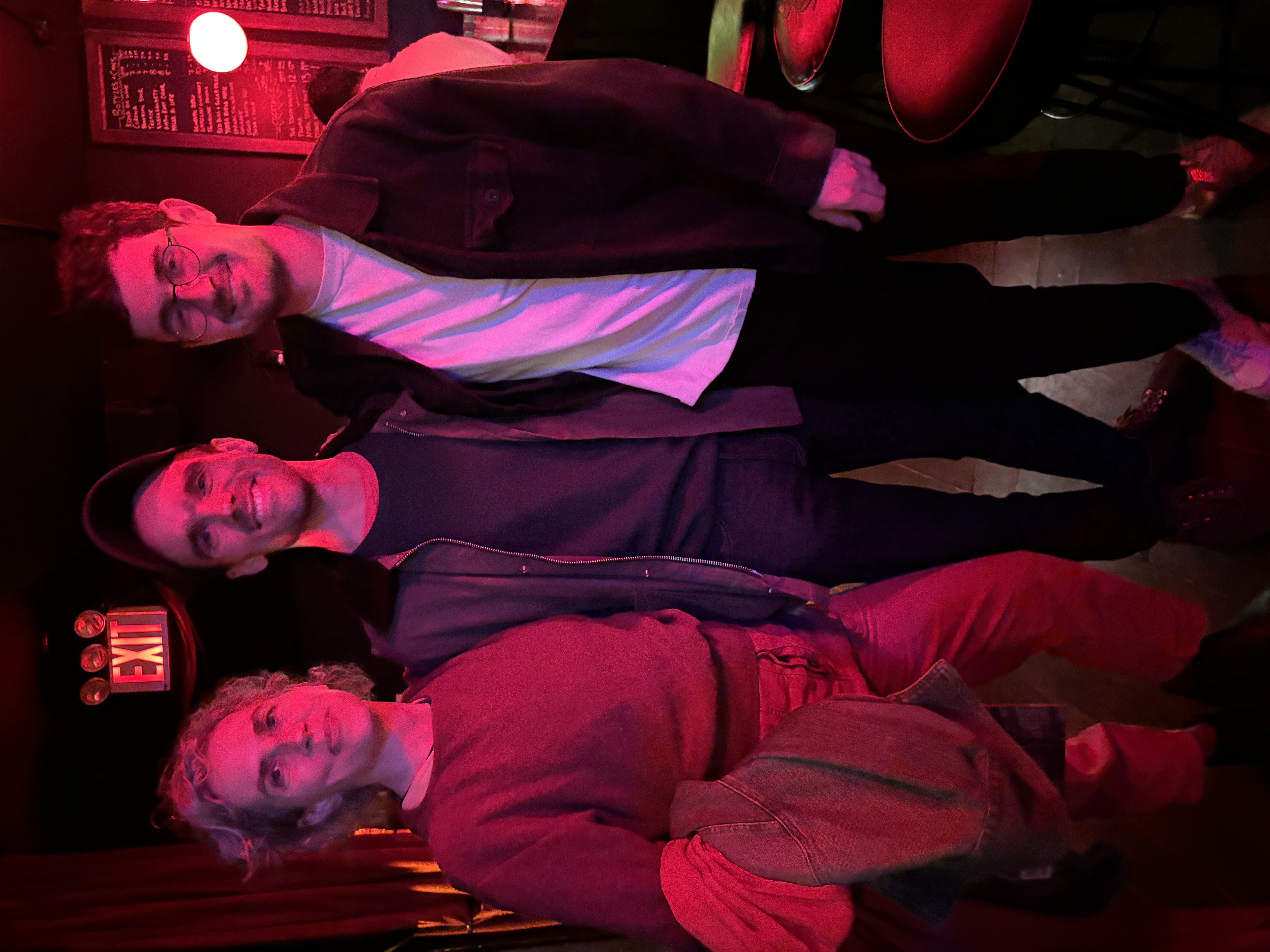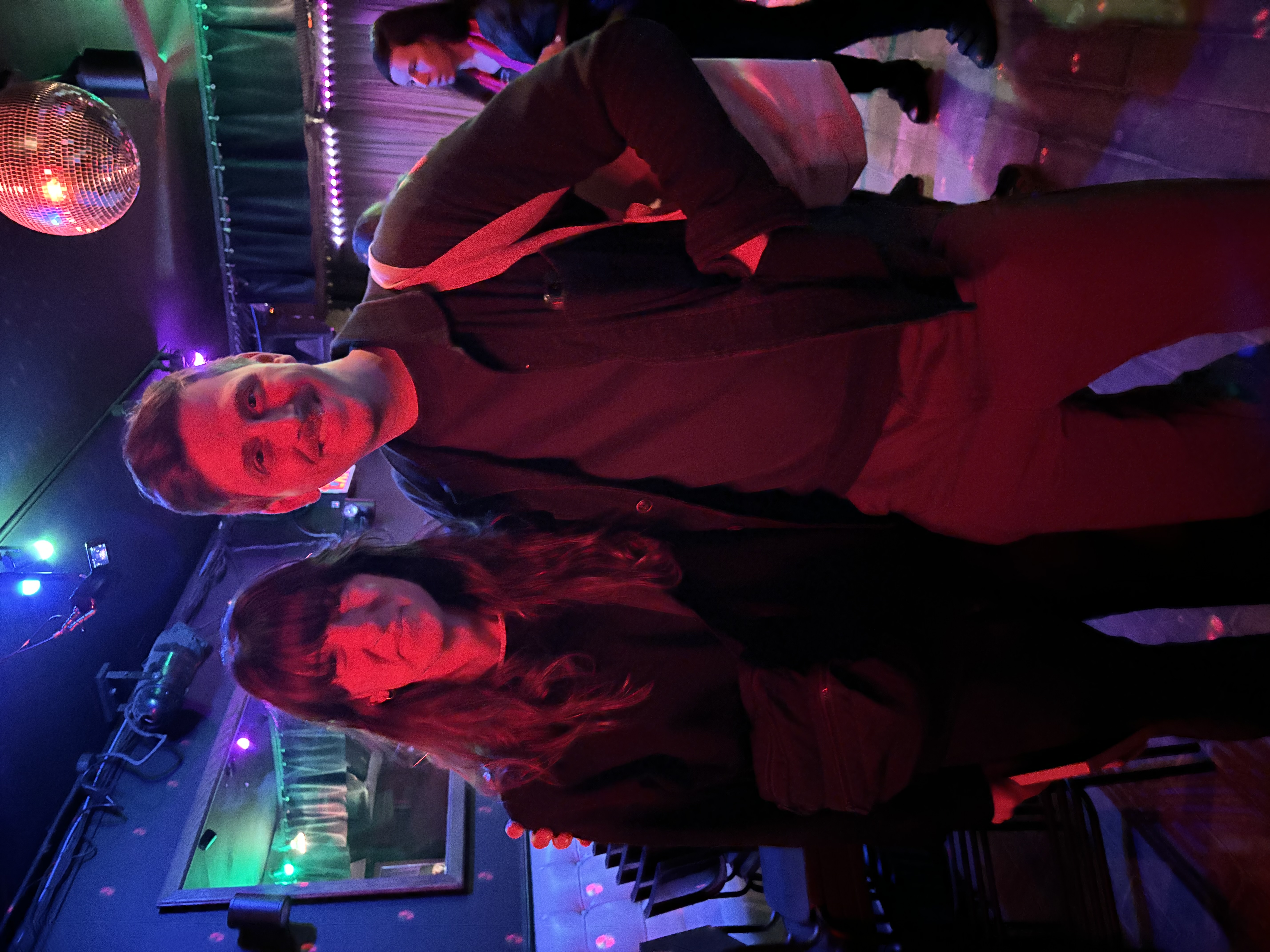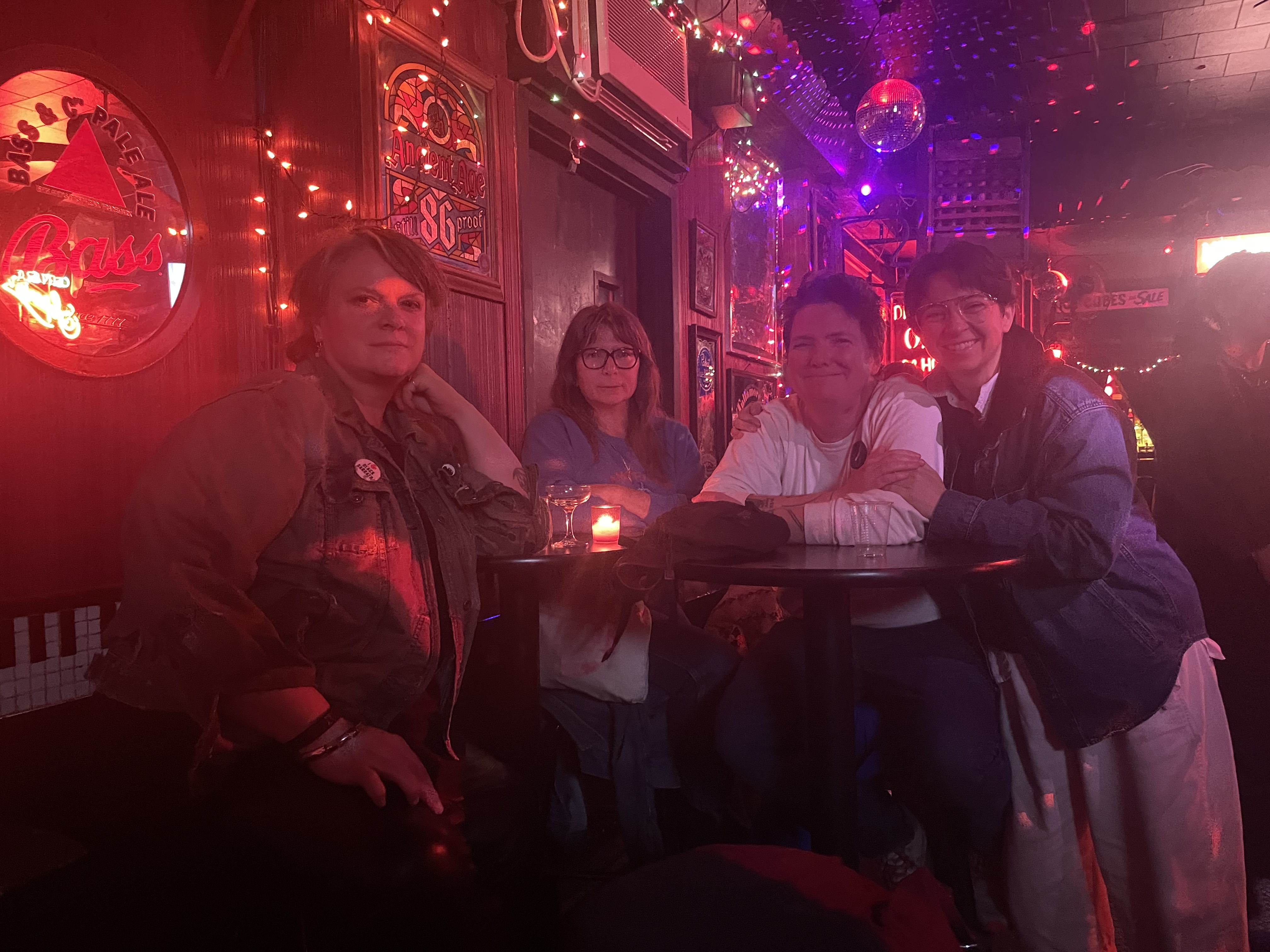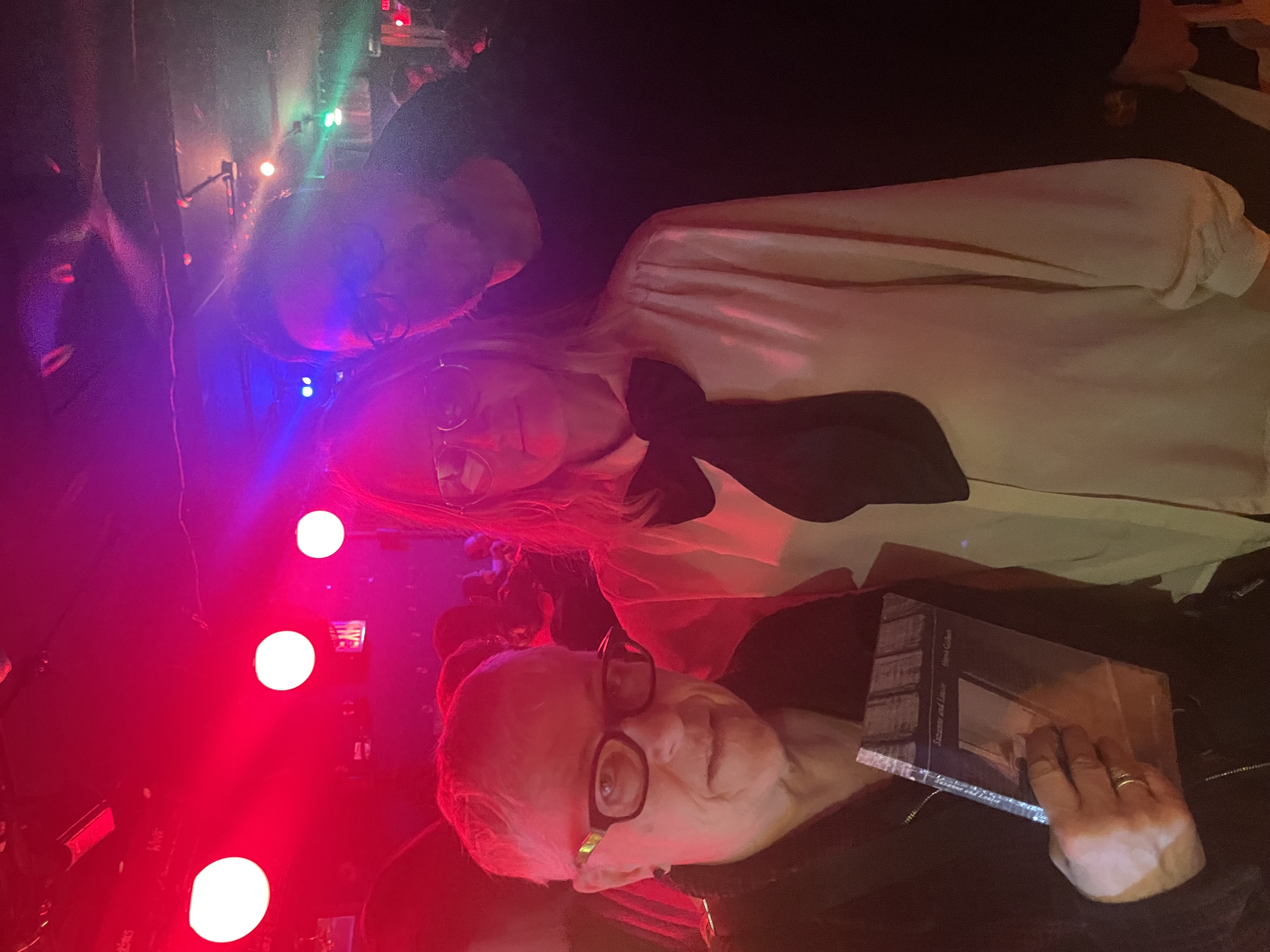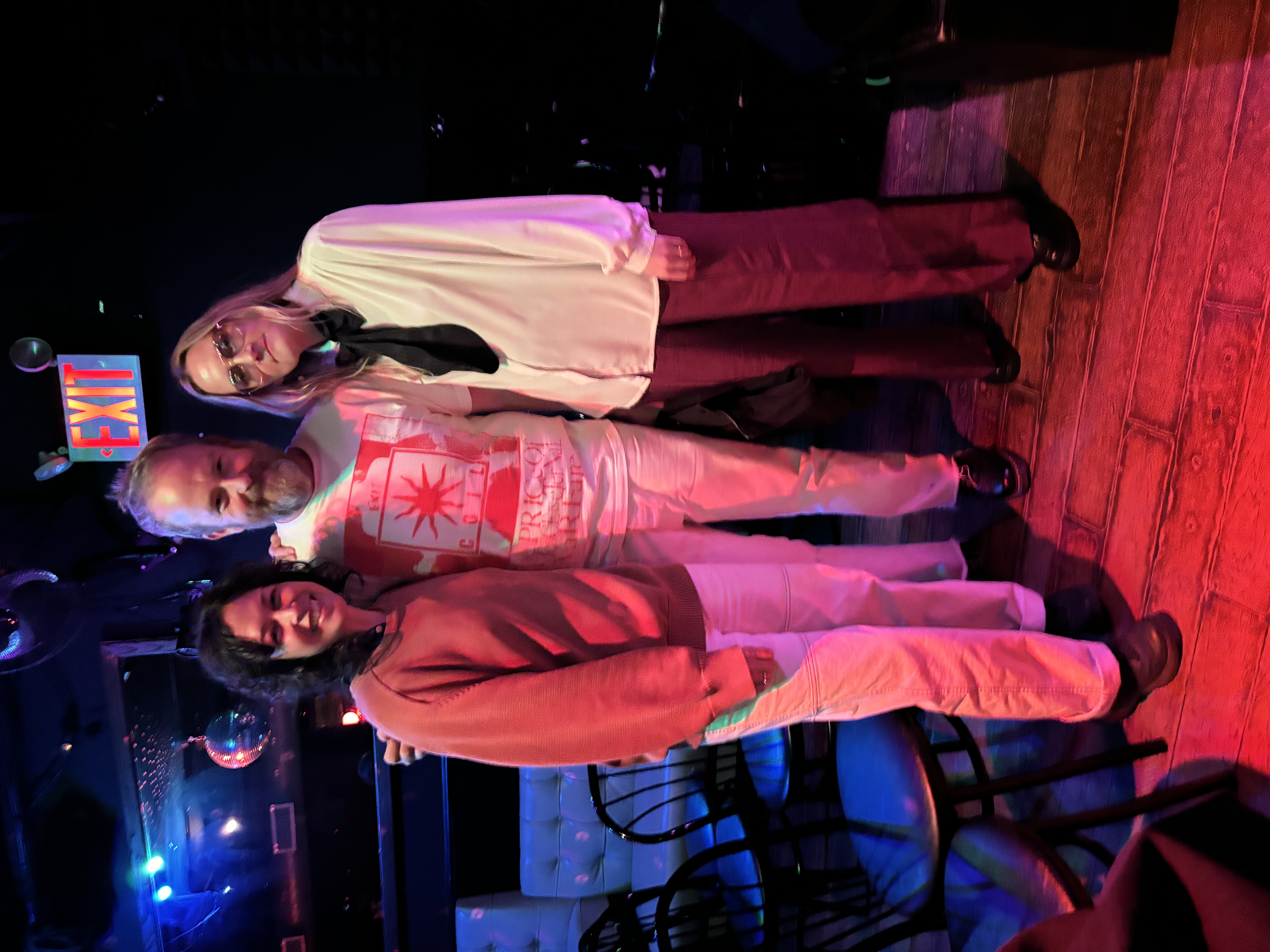Readings at Parkside:
Suzanne and Louise
by Hervé Guibert
The Parkside Lounge
317 East Houston Street
New York City
Sunday, November 17th, 4pm
CELEBRATING THE LAUNCH
WITH A SPECIAL READING BY MOYRA DAVEY
Suzanne and Louise, originally published in 1980, tells the story of two sisters, one widowed, the other never married, recluses in a hôtel particulier in Paris’s 15th arrondissement. Suzanne, the older one, controls the finances. Louise, a former Carmelite, serves as her humble, tyrannical maid.
The author, who is also their great nephew, is one of the few who visits them. Mixing his writing with his photos, Hervé Guibert crafted a unique “photo novel,” reissued here for the first time with a full English translation by Christine Pichini, a new introduction by artist and writer Moyra Davey, and an account of the book’s origins by Thomas Simonnet.
Hervé Guibert (1955–1991) was a writer, journalist and photographer. He was the author of twenty five books and published extensive texts on photography, primarily with the French newspaper Le Monde. His best-selling novel To the Friend Who Did Not Save My Life (1990) was inspired by his close friend Michel Foucault and the two men’s experiences living with AIDS, which tragically ended Guibert’s life at the age of thirty-six.

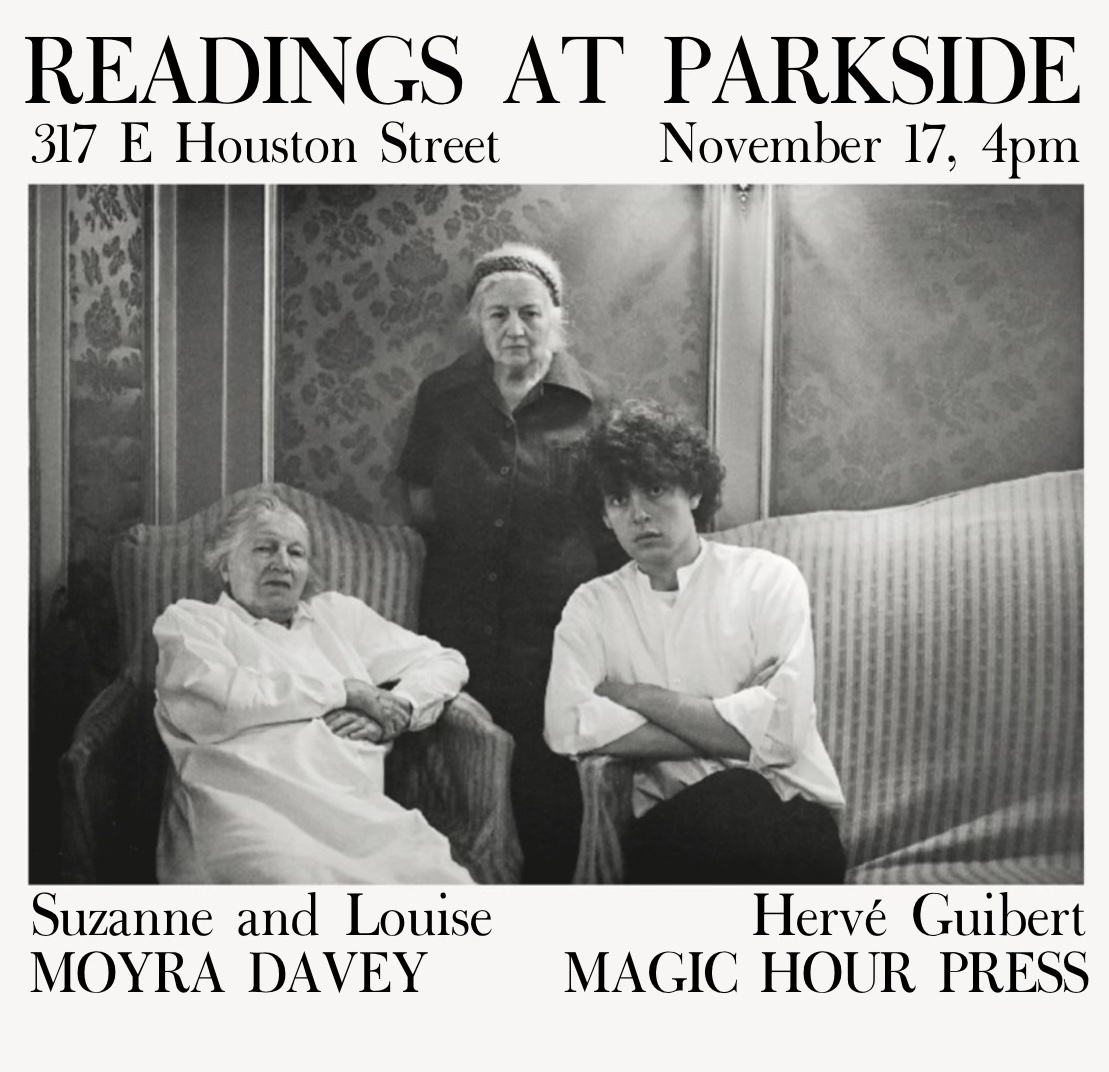
“All of Hervé Guibert’s work, whether image or text, has a strange taboo luminousness—the glow of vistas we’re not supposed to see or name—tableaux at once classically severe and lushly coiling. In Suzanne and Louise, one of Guibert’s most important performances, the queer heat of Suddenly, Last Summer takes on the solemnity of a missal, or a Parisian passion-play remake of Grey Gardens, or Gide on speed. Hervé’s aunts unveil their hair and their feet, their abstemious privacy, their cool-toned beauty of gesture and visage. Christine Pichini, in her exemplary, elegant translation, unearths luminous English equivalents for the no-nonsense refinement of Guibert’s French.”
– Wayne Koestenbaum
“This is an extraordinary book, of critical importance both to newcomers to Guibert and to longtime fans. It’s a fascinating, uncanny portrait not just of Guibert’s great-aunts, but also of the miraculous role art can play in transmuting its subjects, through curiosity and attentiveness, into significant, nearly historical-feeling figures. It may be brief, but I feel certain that it will never leave me.”
– Maggie Nelson





